You say to-MAY-to, and I say to-MAH-to. But Xoloitzcuintli? Let’s call the whole thing off.
As more dog breeds are recognized by the American Kennel Club, dog lovers are confronted with some real tongue twisters. In the past, there was a tendency to anglicize challenging breed names, such as the Polish Lowland Sheepdog, which in its native tongue is called the Polski Owczarek Nizinny. (Say that three times fast.) But today, an increasing number of breeds are entering the public consciousness with their native names intact. So what better time than now to brush up on those tricky-to-pronounce breeds. Here is a quick guide to some of the more commonly bungled breed names:
Barbet
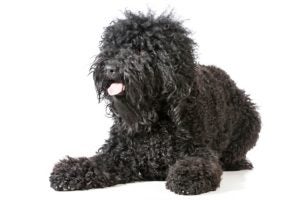
One of two new breeds to achieve full AKC recognition this year, alongside the Dogo Argentino. This shaggy French water dog demands a continental pronunciation. So, it’s bar-BAY, not bar-BET. Keep that final “T” silent, as it is in “cachet” or “gourmet.”
Bichon Frisé
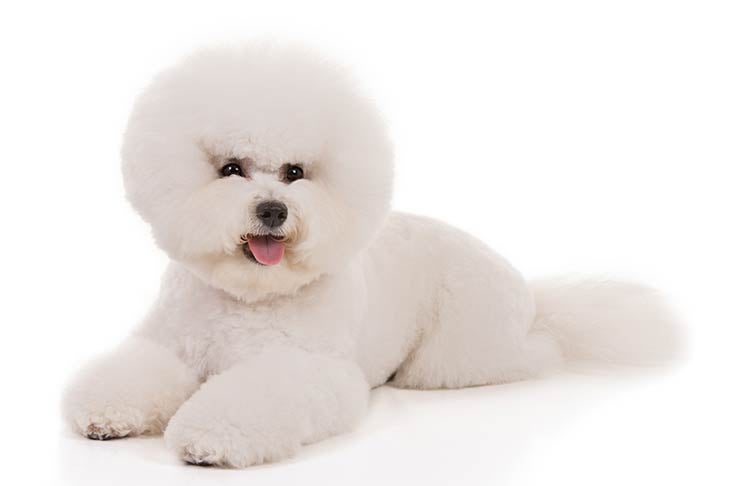

Perhaps no breed name gets mangled quite so creatively as this white-coated former circus performer, often mispronounced as “bitchin’ frizzy.” While that might inadvertently describe some dogs’ overgrown coats, it’s not even close. Instead, channel your inner Brigitte Bardot and pronounce it “bee-SHAWN free-SAY.”
Belgian Tervuren
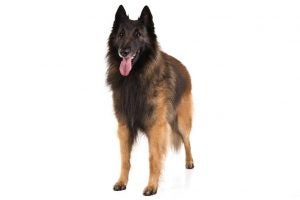

History buffs should have no problem navigating this breed name. Pronounce “Tervuren” as you would the last name of the U.S. president Martin Van Buren, who, like this intense herder, had his roots in the Netherlands. So, it’s “ter-VYOO-run.” Or, if you’re feeling a bit hesitant, just plain “Terv” for short.
Cane Corso


While we’re surfing the Romance languages, let’s turn to Italy. The heel of that famous boot, the region called Puglia, is the birthplace of the Cane Corso. The trick with Italian breed names is to articulate every letter. So don’t pronounce “Cane” the same way you would the striped Christmas candy. Instead, say “CAH-ne,” which is simply Italian for “dog.” To shorten the name, use “Corso,” never “Cane.” When referring to more than one, you can impress everyone by using the Italian plural “Corsi” (COR-see). One Cane Corso, two Cane Corsi.
Dogue de Bordeaux
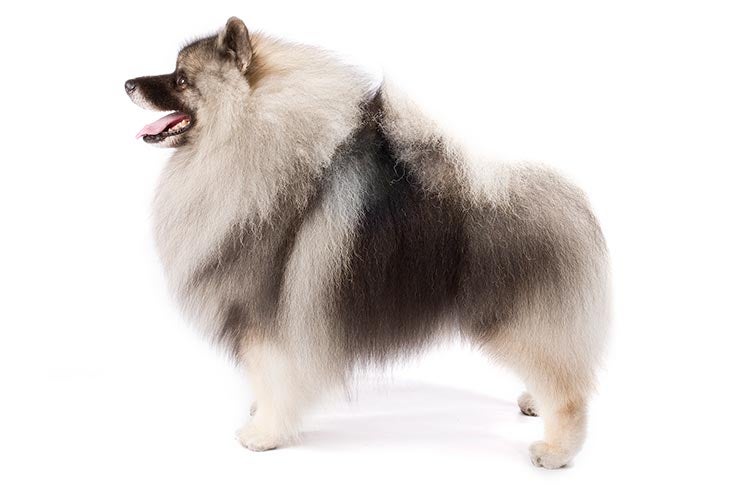

This French mastiff is frequently and incorrectly referred to as a “Doggie” de Bordeaux. It’s actually “dohg.” Think of “dough,” then tack on a “g” for good measure. Thanks to its famous wines, many people do well sounding out the French region that comprises the last part of the name. Phonetically, the full breed name is pronounced “dohg duh bore-DOE.”
Keeshond


Another breed with Dutch roots, this barge dog is pronounced “KAYZ-hund.” “Kees” is shorthand for Cornelius, the Dutch patriot who led an 18th-Century rebellion that took this breed as its symbol. Keeshond fanciers often like to pluralize the breed in its native tongue, which is “Keeshonden.”
Nederlandse Kooikerhondje
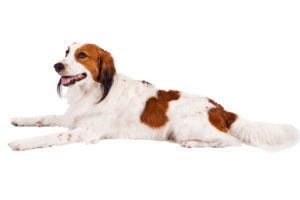

- Tags :
- Share :


Leave a comment